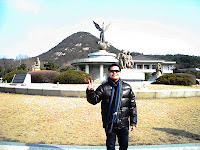The Art of War on Stamps

Sun Tzu Stamp, 1995 Sun Tzu was a Chinese military general, strategist, philosopher, and writer who lived during the Eastern Zhou period of 771 to 256 BCE. Sun Tzu is traditionally credited as the author of The Art of War, an influential work of military strategy that has affected both Western and East Asian philosophy and military thinking. Sun Tzu is revered in Chinese and East Asian culture as a legendary historical and military figure. The Art of War is a systematic guide to strategy and tactics for rulers and commanders. The book discusses various maneuvers and the effect of terrain on the outcome of battles. It stresses the importance of accurate information about the enemy’s forces, dispositions and deployments, and movements. Some tactics include unifying a group by creating a common enemy (e. g. making a group angry with China making them hate the people who love China, to the point of taunting wars). Paralyzing the source of funds of the enemy, feigning weakne...






